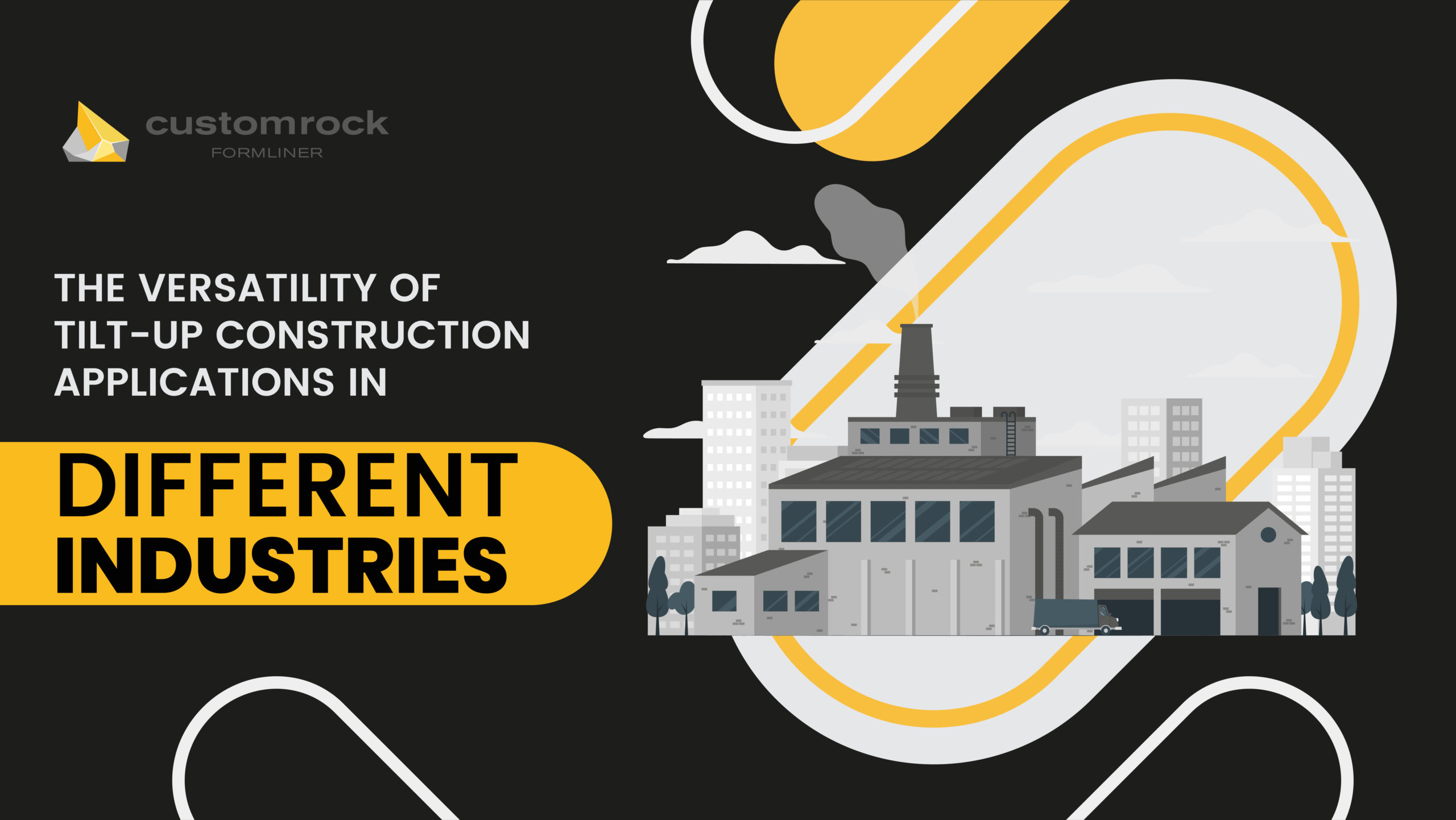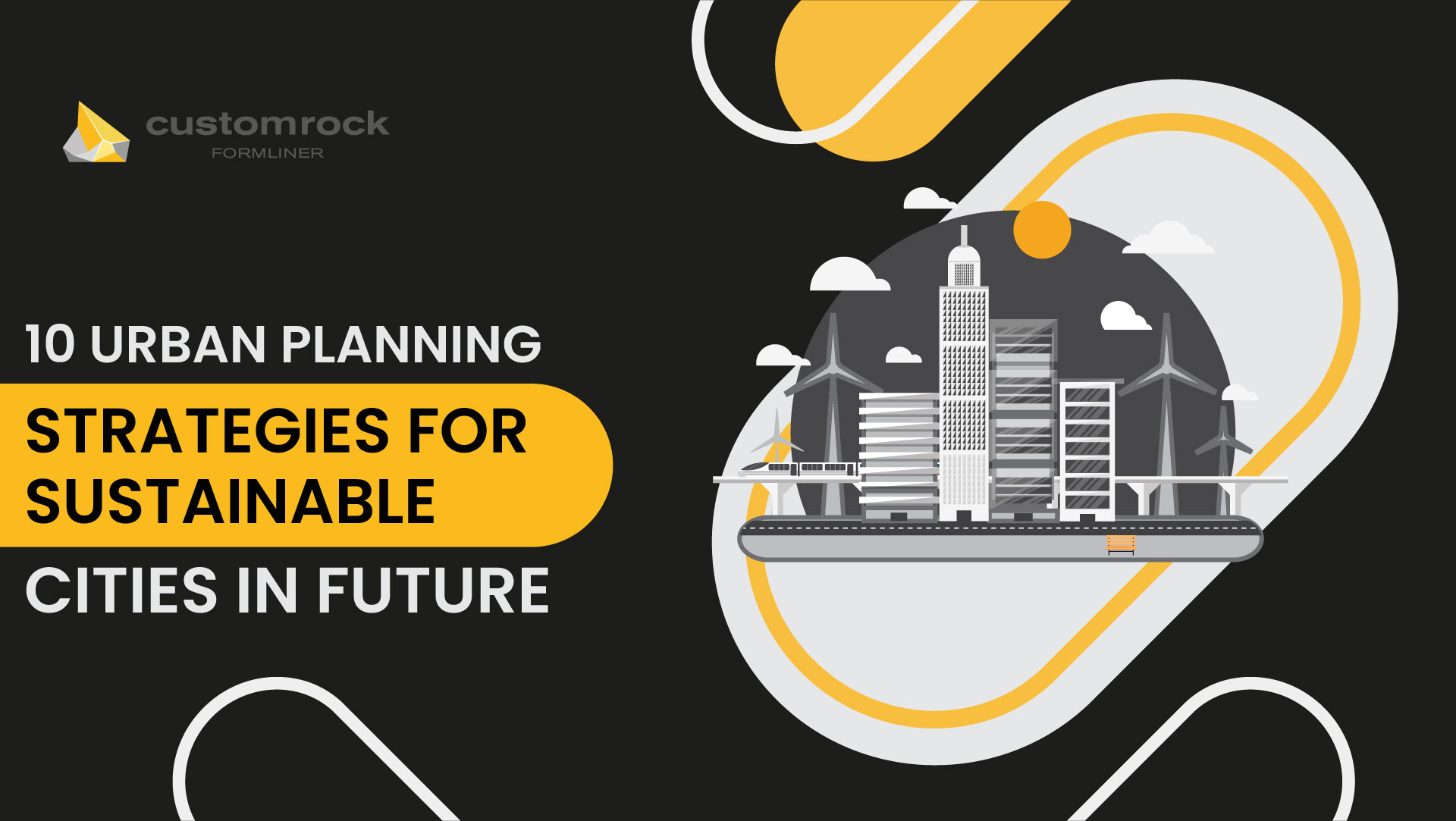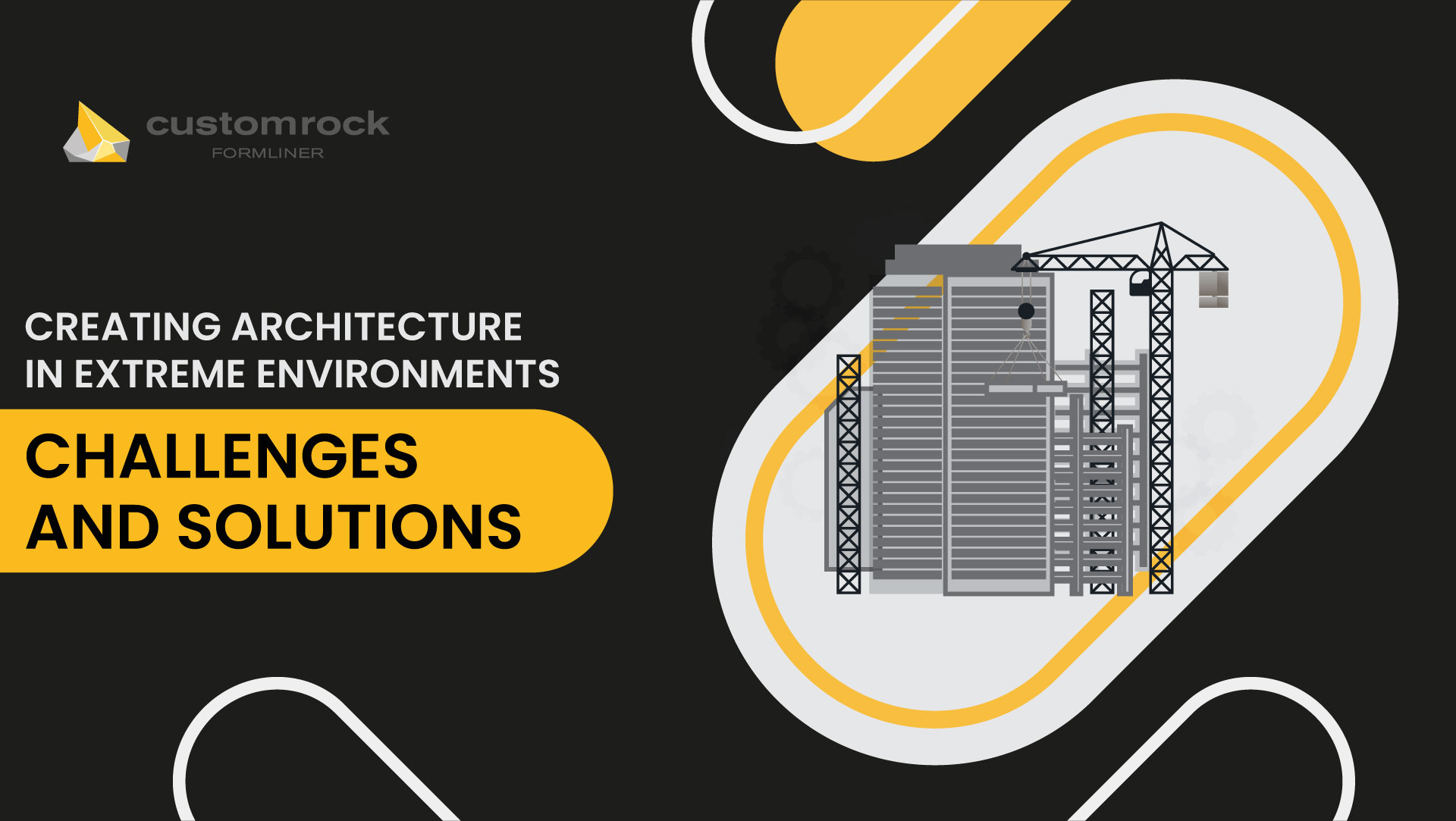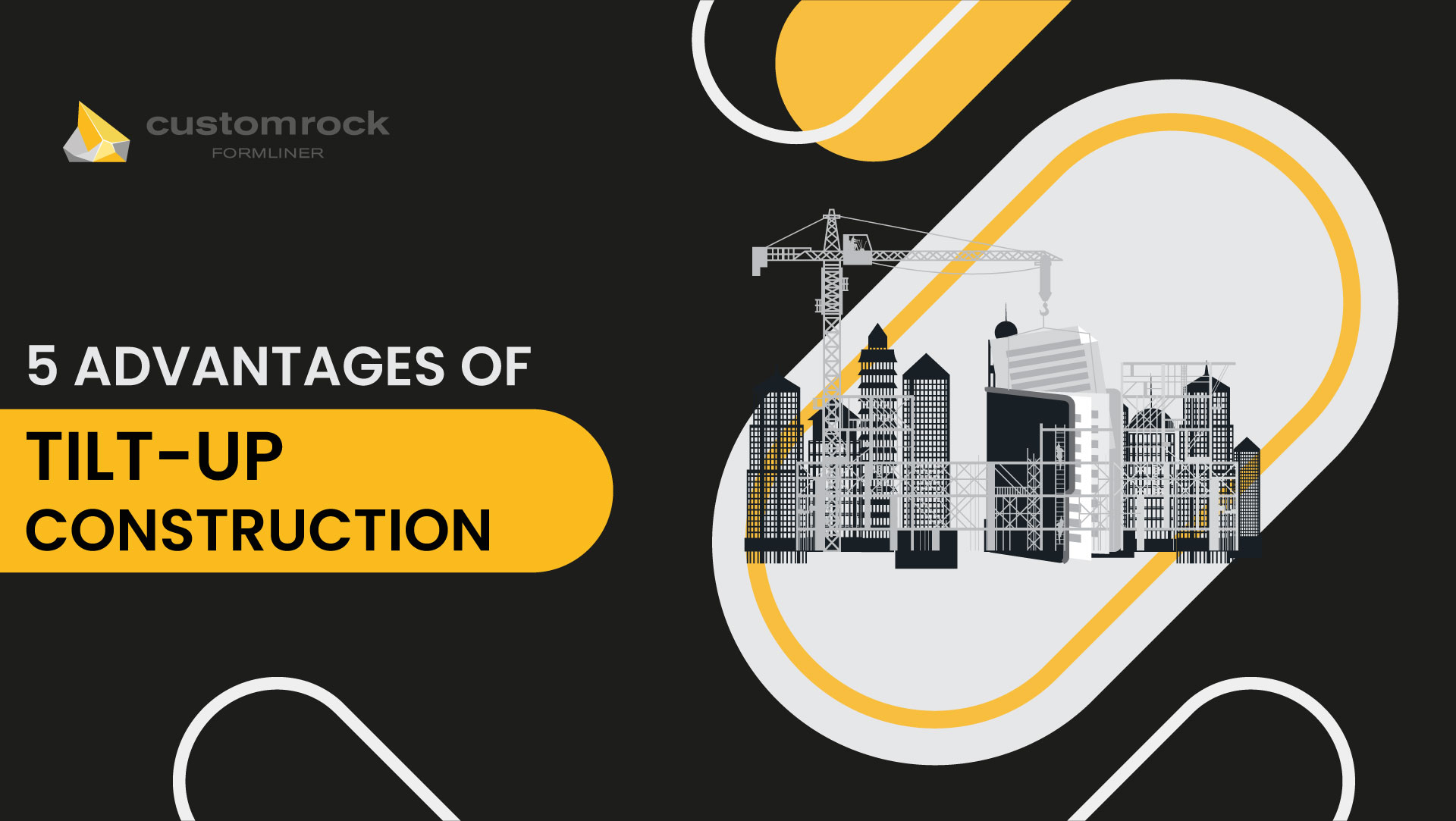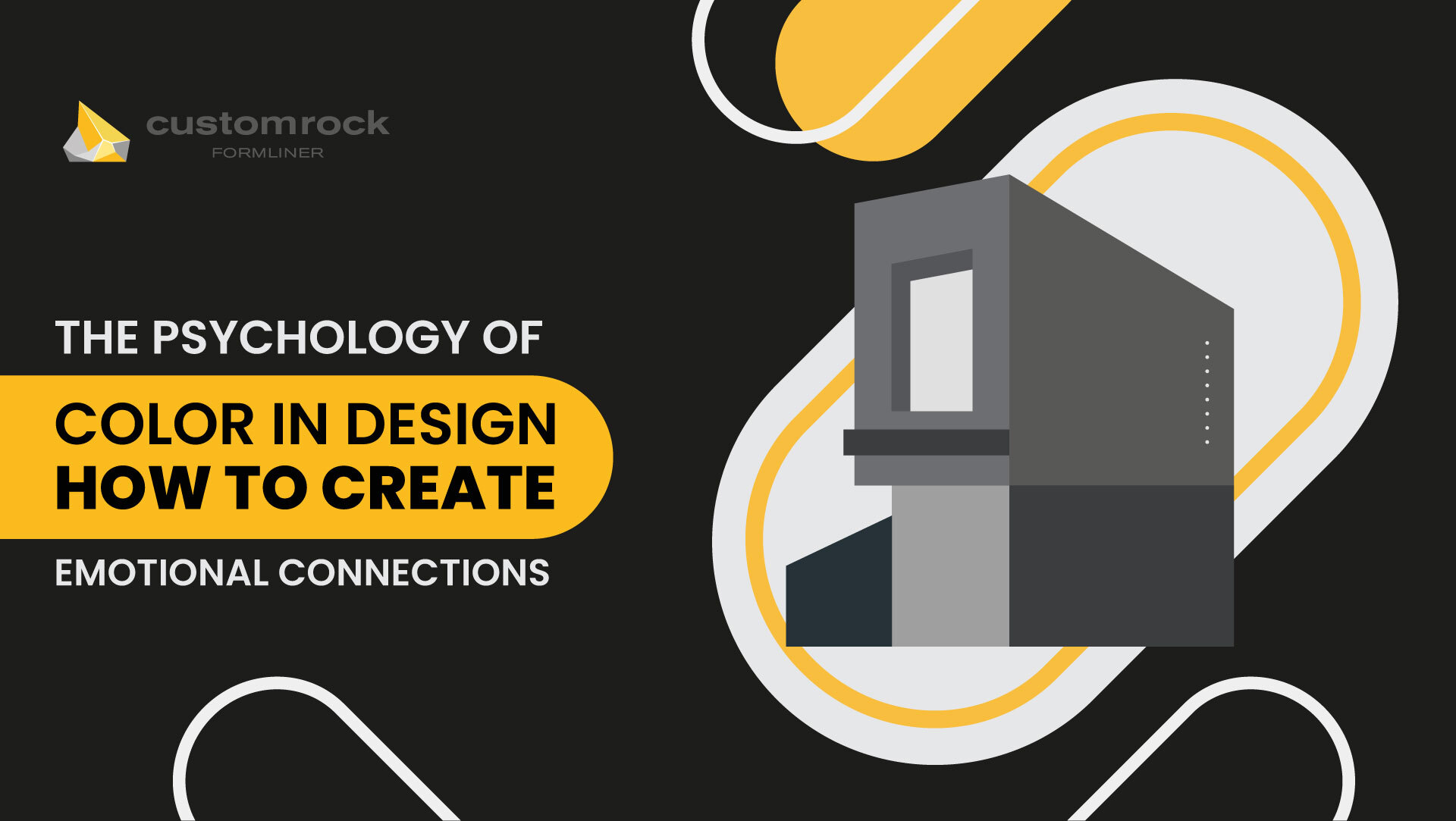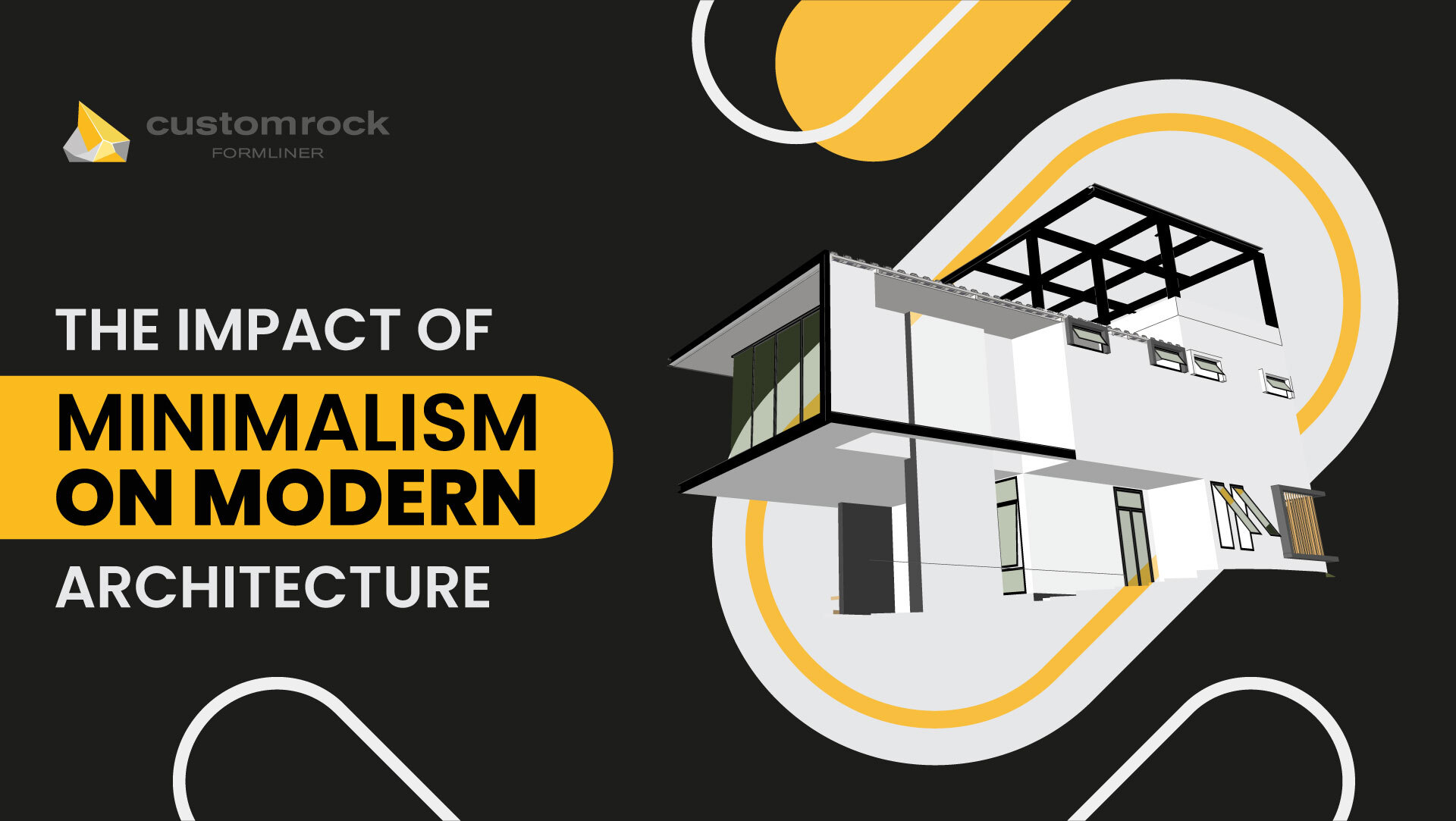TLDR:
This blog explores the versatility of tilt-up construction and its applications in different industries. Tilt-up construction is building structures by casting concrete walls on-site and tilting them into place.
It offers numerous advantages such as cost-effectiveness, durability, sustainability, aesthetics, energy efficiency, and flexibility.
Plenty of applications exist for tilt-up construction in commercial, industrial, retail, healthcare, educational, and religious facilities. The article highlights the strong potential of tilt-up construction for future building projects. The versatility of the tilt-up construction technique is unparalleled.
The Versatility Of Tilt-Up Construction: Applications in Different Industries

The construction industry is constantly evolving, and new techniques are being developed to make the process efficient and cost-effective. One such technique that has gained popularity in recent years is tilt-up construction.
Tilt-up construction involves casting concrete walls on-site and then tilting them into place to create a building’s structure. This technique has become increasingly popular due to its versatility, durability, and cost-effectiveness. Tilt-up construction has plenty of applications in different industries.
In this blog, we will explore the versatility of tilt-up construction and its applications in different industries, along with its advantages and case studies. So, let’s dive in and learn more about the exciting possibilities of tilt-up construction.
The Versatility Of Tilt-Up Construction – Overview
The versatility of tilt-up construction is highly significant in today’s construction industry, as it offers several advantages over traditional construction techniques.
Tilt-up construction is a cost-effective and time-efficient method that involves casting concrete walls on-site, which reduces transportation costs and saves time on-site.
Additionally, tilt-up construction is highly durable and can withstand harsh weather conditions, making it ideal for various industries such as commercial, industrial, retail, healthcare, educational, and religious facilities.
Tilt-up construction also provides flexibility in design, allowing architects and builders to create unique and aesthetically pleasing structures. Moreover, tilt-up construction is sustainable, using recyclable materials and energy-efficient features, making it an environmentally-friendly option.
The versatility of tilt-up construction has allowed it to become a popular choice for construction projects, offering several benefits that traditional construction techniques may not provide.
Process Of Tilt-Up Construction
The process of tilt-up construction involves several steps that work together to create a durable and efficient building. Here is a breakdown of the process:
-
Site Preparation:
The first step in tilt-up construction involves site preparation, including clearing and grading the site, excavating foundations, and installing plumbing and electrical utilities.
-
Wall Panel Casting:
The next step is casting the concrete wall panels on-site. This process involves building temporary casting beds, where workers pour and finish the panels to the desired specifications. The panels are then allowed to cure for a few days before lifting.
-
Lifting and Tilt-Up:
Once the panels have cured, a crane is used to lift and tilt them into place on the foundation. Workers secure the panels to the foundation using steel plates and bolts.
-
Connection and Finishing:
Workers connect the roof structure and foundation after the panels are in place. The panels are then finished using different techniques like painting, staining, or sandblasting.
-
Interior Finishing:
The final step involves interior finishing, including installing insulation, electrical wirings, plumbing, and other finishes, such as drywall and flooring.
Tilt-up construction is a cost-effective, efficient, and durable construction method that provides several advantages to different industries.
Tilt-up construction has increased in popularity due to its many benefits, including its ability to produce customizable designs, reduce construction time, and provide energy-efficient structures.
Tilt-Up Construction Techniques
Tilt-up construction is building structures by casting concrete walls on-site and then tilting them into place to create a structure. This process involves the following techniques:
1. The first step of tilt-up construction is to create a concrete slab foundation. The foundation is poured and leveled on-site, ensuring it is flat and smooth.
2. The next step involves casting concrete wall panels on-site, typically between 8-12 inches thick.
3. The wall panels are cast horizontally on a clean, flat surface using a formwork prepared with a release agent.
4. Reinforcement bars or steel meshes are then placed into the panels for added strength and stability.
5. Once the panels have cured, window and door openings are cut out using a saw or jackhammer. These openings are then reinforced with steel lintels or frames.
6. Finally, the wall panels are tilted using a crane and carefully positioned on the foundation.
7. The panels are secured in place using braces until properly connected to form the building’s structure.
Tilt-up construction is faster than traditional construction methods because the panels can be cast on-site and quickly tilted into place. This reduces transportation costs and saves time on-site, making it a cost-effective and time-efficient construction technique.
Applications Of Tilt-Up Construction in Different Industries
Tilt-up construction is a cost-effective, efficient, and durable construction method that has become popular in various industries.
This construction involves casting concrete wall panels on-site, then tilting them into place to create a building’s structure.
Tilt-up construction has gained popularity in different industries due to its versatility, durability, and cost-effectiveness. Here are some of the applications of tilt-up construction in different industries:
Commercial Buildings
Tilt-up construction is ideal for commercial buildings such as office buildings, warehouses, and retail stores. The technique offers a cost-effective and quick construction process, essential in the fast-paced commercial industry.
Additionally, tilt-up construction allows for customizable designs and energy-efficient features, making it an attractive option for commercial developers.
Industrial Buildings
Tilt-up construction is also widely used in the construction of industrial buildings such as manufacturing plants and distribution centers. These buildings require large open spaces with high ceilings, which tilt-up construction can easily accommodate.
Tilt-up construction is also ideal for industrial
buildings because it provides durability, insulation, and energy efficiency.
Retail Buildings
Tilt-up construction has been popular for retail buildings such as shopping centers and supermarkets. The technique provides customizable designs, allowing architects and builders to create unique and aesthetically pleasing structures.
Tilt-up construction also offers a fast construction
process, essential for retailers who need to open their stores quickly.
Healthcare Facilities
Tilt-up construction has also found applications in the healthcare industry for building hospitals, clinics, and medical offices. These facilities require durability, energy efficiency, and flexible design options, all of which tilt-up construction can provide.
Additionally, tilt-up construction can create safe and secure buildings, ensuring the safety and well-being of patients and staff.
Educational Facilities
Tilt-up construction is also commonly used to construct educational facilities such as schools and universities. These buildings require large open spaces, flexibility in design, and energy-efficient features, all of which tilt-up construction can provide.
Tilt-up construction is also ideal for educational facilities because it provides durability and can withstand harsh weather conditions.
Religious Facilities
Tilt-up construction has also been used to construct religious facilities such as churches and temples. These buildings require large open spaces, unique designs, and energy-efficient features, all of which tilt-up construction can provide.
Additionally, tilt-up construction offers flexibility in design, allowing architects and builders to create unique and aesthetically pleasing structures.
Advantages Of Tilt-Up Construction in Different Industries
Tilt-up construction involves casting concrete wall panels on-site and then tilting them into place to create a building’s structure.
It also provides several benefits, including durability, energy efficiency, quick construction time, customizable designs, and cost-effectiveness. These features make it attractive for different industries.
Let’s have a closer look at the advantages:
Cost-Effective
Tilt-up construction is cost-effective for building structures in various industries. The technique allows for casting wall panels on-site, reducing transportation and labor costs. Tilt-up construction also requires fewer skilled workers, which further reduces construction costs.
Quick Construction Time
Tilt-up construction is a quick construction process, essential in many industries that require fast completion times.
The technique allows for simultaneous construction of the foundation and wall panels, which can be done on-site. Additionally, using large cranes for tilting and placing the panels can speed up construction.
Durability
Tilt-up construction produces structures that are durable and long-lasting. The concrete used in construction resists natural disasters, fire, and wear and tear. This makes it an ideal option for industries that require robust structures that can withstand harsh conditions.
Customizable Designs
Tilt-up construction allows for customizable designs, a significant advantage for industries requiring unique structures. Architects and builders can create unique designs using different finishing techniques, such as exposed aggregate, stucco, or paint. Tilt-up construction also allows for the creation of various shapes, sizes, and textures.
Energy-Efficient
Tilt-up construction provides excellent insulation, which can significantly reduce energy costs. The thickness of the concrete panels and the insulation material used in the construction process provides a high level of energy efficiency; making it an attractive option for industries looking to reduce their carbon footprint.
Tilt-up construction provides a cost-effective, quick, durable, customizable, and energy-efficient solution for constructing buildings in numerous industries.

